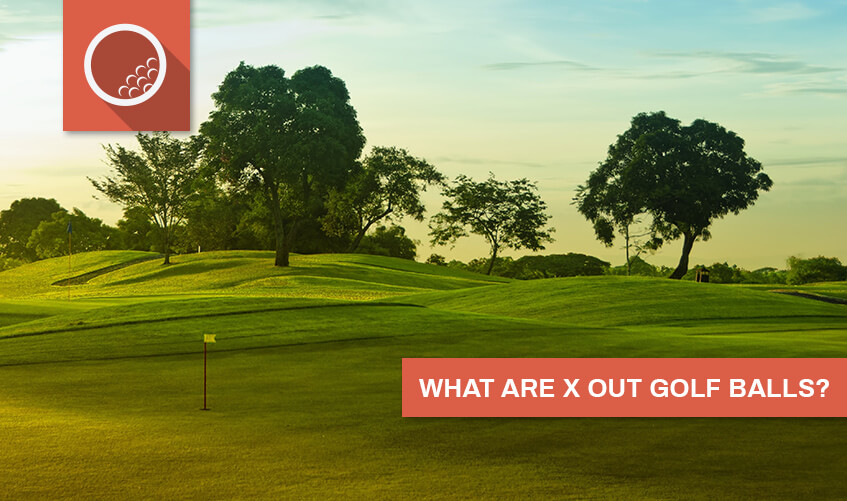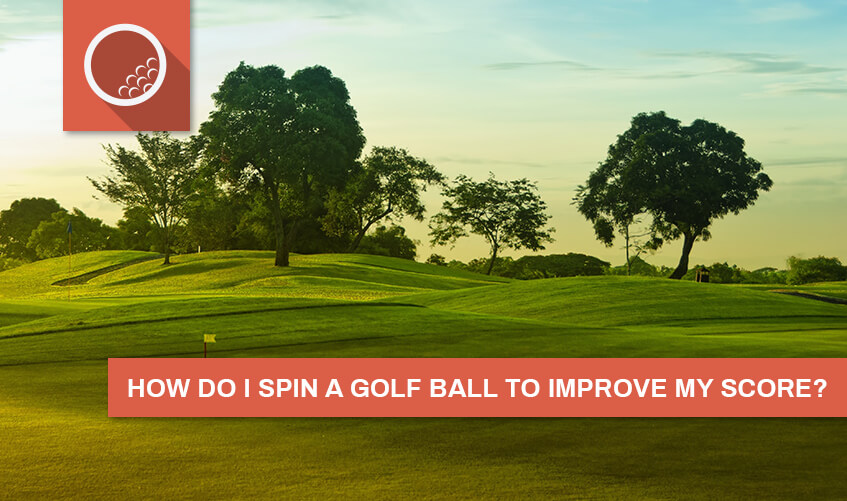How many dimples are on a golf ball?
How Many Dimples Are There on a Golf Ball?
Sometime long ago on the misty seaside dunes in Britain, a golfer addressed his new smooth, feathery ball and delivered it a thunderous blow. Off the leather-covered ball flew, though hardly in the direction he intended. The golfer took another swing and noticed that his now-nicked ball flew higher and straighter on the next shot. Further, he found that the more damage he inflicted on the ball, the better it flew on subsequent shots.
Thus, the dimple was discovered.
Golf Ball Dimple Physics
If that golfer were Isaac Newton, he would have been able to tell his playing partners that because a well-struck ball travels at over 100 miles per hour, the air actually sticks to it as it flies. This slows the ball down in flight.
A perfectly smooth, feathery ball has much more surface area for air to stick to than a dented, roughed up ball. Every time a golf ball was gashed, this removed a bit more surface area and was, in turn, less impeded in flight. Hence, it flew further down the fairway. Since the greens back then were being maintained by sheep, it wasn’t so important that the golf ball be perfectly round to putt.
The Origins of Ball Dimples
When the goose feather golf balls were replaced with the rubbery dried sap of an East Asian sapodilla tree – called Gutta Percha in the mid-1800s – the hammer consequently became one of the most important clubs in a golfer’s bag. Before this, a round the ball would be beaten mercilessly until it no longer presented a smooth clean face to the forces of the air.
Eventually, golf balls stopped being made by hand and became mass manufactured so covers were pre-made with dimples. The tiny cup-like indentations worked the same way as cuts and nicks in the cover; scientists call them “turbulators”. These strategic dents shook up the layer of the air directly around the surface of the ball and reduced drag.
Why Do Golf Balls Have Dimples?
Without dimples, a smooth golf ball would simply shoot forward at the same height with no aerodynamic forces to create lift. Furthermore, the indentations provide the backspin that launches a golf ball more easily into the air.
Everything about a dimple – its size, depth, shape and pattern – affects the amount of spin and ultimately influences the ball’s lift. As highlighted by Popular Science, a professional who strikes a dinted ball 290 yards would propel a similar ball with no dimples only about 130 yards.
Experimenting with Golf Ball Dimples
Since then, golf ball manufacturers have left no dimple unturned in their quest for the best-performing ball. Back in the 1970s, Uniroyal (yes, the US rubber tire company) made a big splash in clubhouses with its Royal Plus Six ball featuring hexagon-shaped depressions. At the same time, the Wilson golf balls won over consumers with its ProStaff line that had little truncated cones.
The zenith for dimple experimentation was reached in 1970’s with the release of the Polara. This magical orb differentiated the size of the dimples by featuring lighter pits towards the ends than it did in its middle. The results it produced were so good that they were deemed illegal by the United States Golf Association. The original Polara was outlawed for its superiority, but golfers couldn’t resist; in fact, you can still buy the “outlawed” Polara ball today from certain retailers.
What is the Exact Number of Dimples on a Golf Ball?
There is no “right” answer, but the more depressions a golf ball has, the higher it flies. If you have too many, the ball will have too much air-pressure on the front compared to the back, causing it to slow. Golf ball manufacturers are constantly testing out materials and construction methods in order to achieve optimal flight. The depth and number of indentations a company decides to put on its balls must work in conjunction with the golf balls’ other elements. So, in short, it varies.
Different manufacturers will arrive at a unique dimple pattern for a specific line of golf balls. For example, when you see products advertised as either “high trajectory” or “low trajectory” it is an ode to the tweaking of the dimples. Many golf ball brands like Bridgestone and Srixon carry separate lines that address different preferences and skillsets.
If you are counting, most regulation golf balls will fall into the 300 to 450 dimple range. If you are measuring, your typical dint is about 7/1000th of an inch deep. Engineers say every 1/1000th is worth about five yards on the course.
If you can’t seem to find a standard, dimpled ball that works for you, then maybe it’s time to take a step back in time and pick up a feathery ball. Check out the many options available to you today with our bountiful online selection of golf balls.



